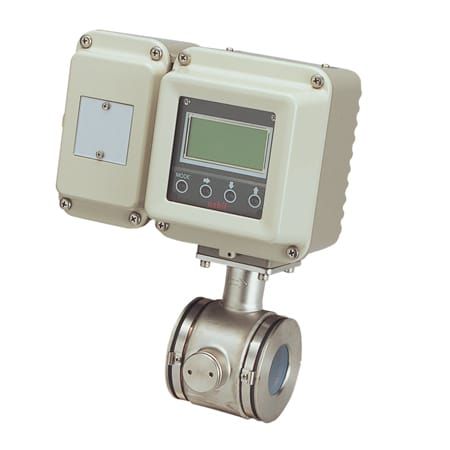A roadmap for green metals in 2024
Last year was a bloodbath for mining stocks tied to the green energy transition. But with markets rallying in the early part of 2024, ‘green miners’ continue to lag.
Unfortunately, that doesn’t bode well for a sharp turnaround in 2024. Dampening that outlook further is the string of negative news over the last week.
Mining billionaire Andrew Forests’ privately owned Wyloo Metals announced a shutdown of its nickel operations in Western Australia due to falling prices. Lithium giant Albemarle (NYSE: ALB) revealed job cuts and a trimming of its capital expenditure. It also unloaded its stake in Liontown (ASX: LTR) after last years’ failed takeover bid. LTR’s stock price has now plunged more than 44% since the new year.
Even the insiders have lost faith. Pilbara Minerals (ASX: PLS) CEO, Dale Henderson, sold around 1.2 million shares following the company’s latest earnings result.
But to get a handle on what 2024 looks like, we should first clarify why green metal stocks sold down so heavily in 2023.
You see, mega renewable energy projects are expensive. So too are the mining developments which supply the raw materials for these metal intensive projects. Given we’ve just embarked on one of the most hawkish monetary regimes in modern history, it explains why the sector plummeted last year.
But according to the former chief of commodities at Goldman Sachs, Jeff Currie, ‘green’ metals could return with a vengeance this year. That’s based primarily on expected rate cuts.
You see, rising rates have diminished the public’s appetite for extravagant renewable mega-projects. It’s perhaps one of the reasons why crude came back into focus last year. Fossil fuels are energy dense, making them a relatively cheap option. We could also add uranium to the list, another energy-packed commodity that can supply reliable, base load power.
But the key point from Currie is this: in a high-cost environment, traditional energies reign. He labels them the ‘brown’ commodities.
So why could 2024 see a major pivot back to ‘green’ metals?
It’s simple really. The idea of capital-intensive green energy projects becomes a difficult pill to swallow in an economy struggling against the rising cost of living.
This observation seems rather obvious in hindsight, just look at 2023. As the narrative of ‘higher for longer’ took effect last year, Brent crude surged to $94 per barrel and uranium erupted into multi-year highs.
Meanwhile, metals tied to the green energy transition like lithium, rare earths, and graphite, fell through the floor, eliminating most of the gains that emerged during the early 2020s.
But, with rate cuts looming, could the narrative from 2023 make a dramatic U-turn? In other words, will investment flood out of the brown commodities back toward the green? It’s certainly possible.
We saw oil and gas stocks tumble in the final weeks of 2023 as expectations of rate cuts grew in the US. Large-cap lithium producers then (briefly) emerged from heavily sold-off levels.
But don’t expect a smooth recovery in the green metal market. We’re living through a period of historically elevated geopolitical tension.
Right now, the Middle East conflict is ripe for escalation. That means crude oil prices could erupt, bringing an inflationary spike.
We’ve already seen several prominent shipping companies divert vessels away from the Red Sea following attacks in December by the Houthis in Yemen on foreign cargo vessels and oil tankers.
With ships re-routing around the Cape of Good Hope, on the southern tip of Africa, delivery times have increased by up to two weeks. With that comes higher freight costs and more inflationary pressures on the global economy.
Geopolitics is a key reason why we could see a continuation of the arm wrestle between inflation versus deflation this year. There’s no clear path that signals one will win over the other.
But despite the geopolitical risks, there are potentially huge opportunities on offer.
According to the Economist, 2024 is set to be the biggest election year in history. Almost half the world’s population is lining up to vote, from India to the US. This is going to be a colossal year in politics. With incumbent governments looking to extend their time in office, expect extravagant infrastructure announcements this year. Renewables could be a major focus.
So, how do you prepare a portfolio for potential boom conditions in a year that promises plenty of geo-and-political instability? Focus on beaten-down sectors. As Rick Rule says, you’re either a contrarian or a victim.
Right now, green metals have lost their flavour. But that could offer ripe pickings for investors betting against the herd.
Source: https://www.mining.com/a-roadmap-for-green-metals-in-2024/


